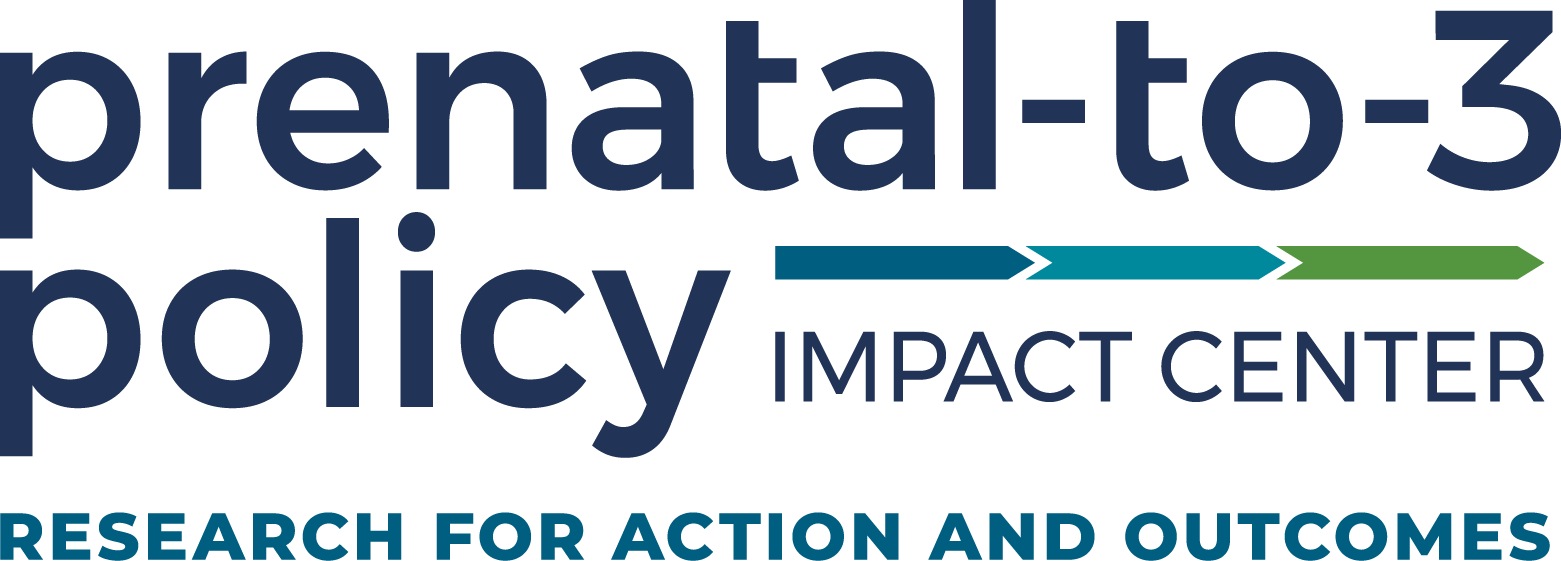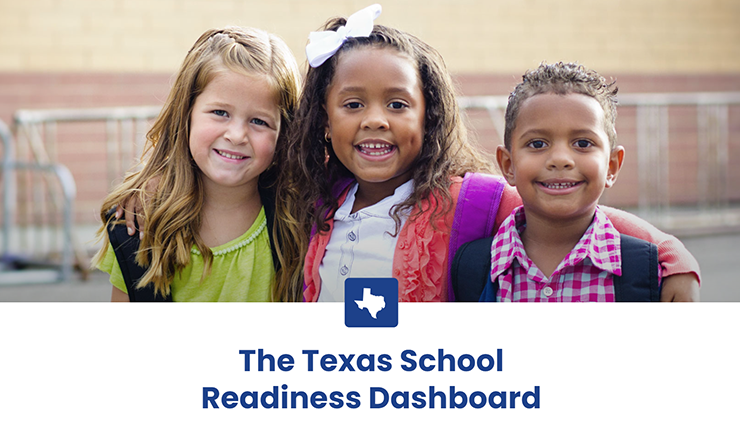States and community organizations can increase awareness of credits.
Increasingly, the state and federal government use tax credits, such as the child tax credit and the earned income tax credit, to support families with low or moderate incomes. We surveyed families, many of whom had low incomes and young children, that participated in home visiting services in Texas.
Learn more about rates of tax filing, the uptake of federal tax credits, and opportunities to support families’ access to refundable tax credits.
© June 2024, Prenatal-to-3 Policy Impact Center, All Rights Reserved. The Prenatal-to-3 Policy Impact Center at Peabody College of Education and Human Development, Vanderbilt University aims to accelerate states’ implementation of evidence-based policies that help all children thrive from the start.



